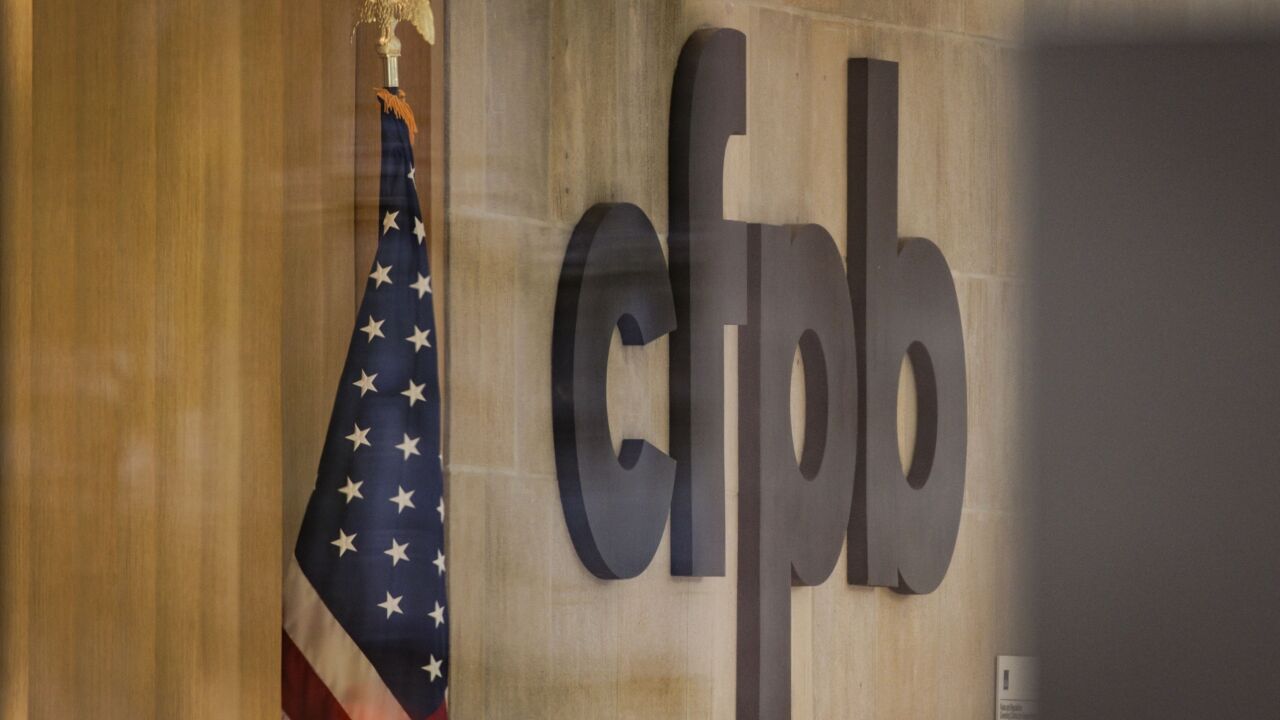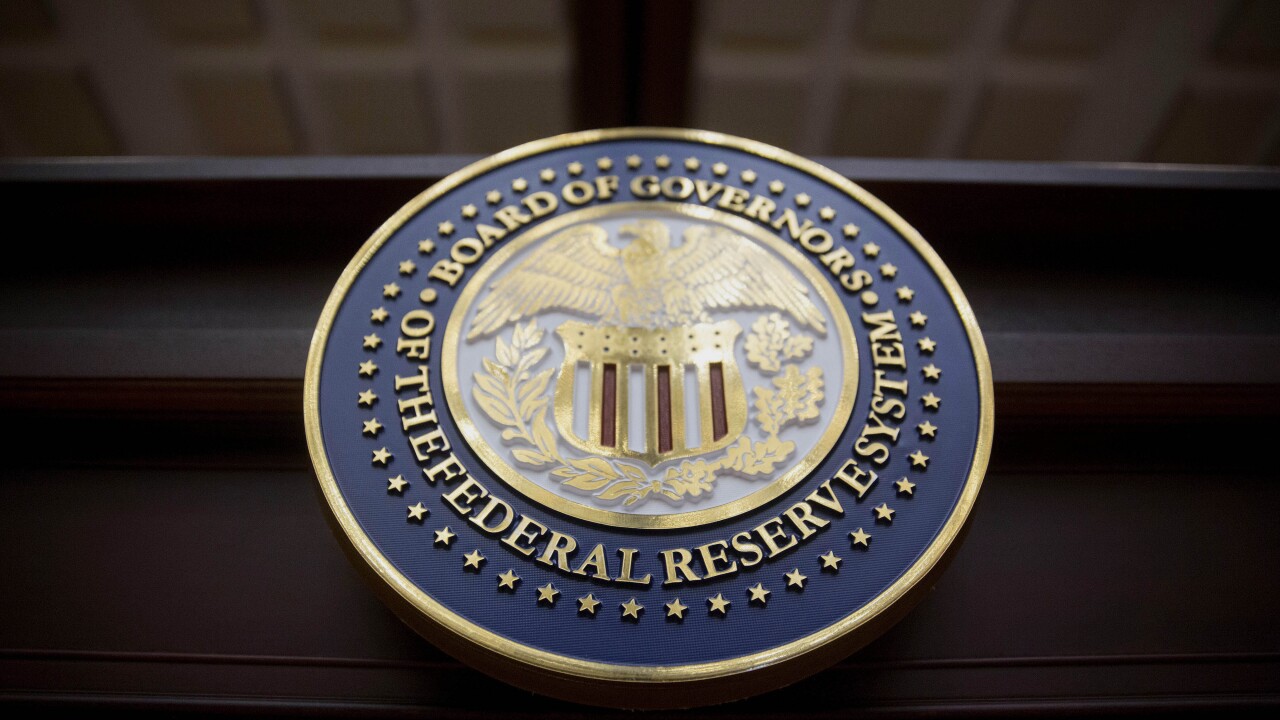Citigroup Inc. has responded to criticism that its U.S. branch network is too small by expanding it, so it came as a surprise when Steven J. Freiberg told investors the company could tailor its branch-building plans if its online deposit strategy remains successful.
But Mr. Freiberg, the chief executive officer of Citi's North American consumer group, says the $1.7 trillion-asset New York company is not changing tack. In an interview last week he said it simply is taking a more balanced approach to running its retail business, so it can be more agile and offer a wider range of products to customers - something Charles O. Prince, Citi's chairman and CEO, is looking for from all business lines.
"We want to have a model and approach that is much more balanced, more dynamic," Mr. Freiberg said. "Now more and more we're viewing our strategy more holistically."
At a Nov. 15 conference in New York, he said that his company could reduce the number of branches it plans to open and put more emphasis on online accounts if more customers migrate to the Web for more products.
In the interview, Mr. Freiberg said that the performance of Citibank Direct, an online banking effort started eight months ago, could affect whether Citi opens 75 or 200 branches next year.
As of Friday, Citibank Direct had gathered $9 billion of deposits. At the end of the third quarter Citibank had $153 billion of U.S. deposits.
But Mr. Freiberg said that Citi is still on track to build 100 branches in the United States this year, and that its network of 950 U.S. branches is still too small for a company its size. But he was quick to say that he has no desire to have thousands of branches here.
"I can't deny the fact that a large percentage of the population of this country likes to have … the capacity to walk into the actual branch," he said. However, "I would hope I wouldn't have to go out a build thousands of branches or buy thousands of branches."
In the meantime, there are other ways to use Citi's branches to expand its business, Mr. Freiberg said. For example, it is putting Smith Barney brokers in its newest retail banking markets of Philadelphia and Boston, and it plans to put brokers in all its branches nationwide by the end of next year.
"I would hope the Smith Barney-Citibank partnership would work out extremely well, the direct bank would work out extremely well - things of that nature that we're finding new and maybe more cost-effective ways of doing and growing our business," he said.
Mr. Freiberg did not rule out acquisitions entirely, but he said that the strategy is "idled" as a growth tactic for now, because sellers' price expectations remain too high.
Some analysts say they remain skeptical about Citi's approach to its U.S. retail banking strategy.
Craig Woker, an analyst with Morningstar Inc., said in an interview Monday that after years of growing through acquisition, Citi has yet to prove it can grow organically.
"Citigroup has been a highly efficient operator," Mr. Woker said. "Whenever you're already a very efficient operator, it becomes a game of inches. You're trying to squeeze out every incremental opportunity and every way you can find to make more profit than before, and that's, frankly, the game that Citigroup finds themselves in."
And David Hendler of CreditSights Ltd. wrote in a research note issued Oct. 30 that Citi's branch-building plans, "even at record levels, seem too little too late when compared to the entrenched franchises of [its] peers, most notably Bank of America."
(Bank of America Corp. of Charlotte has the most branches in the country, with about 5,700, according to the company's Web site.)
But Citi's approach appeared to have paid off in the third quarter, when net income from its U.S. consumer unit rose 9% from the second quarter and 23% from a year earlier, to $2.2 billion. For the first three quarters of this year, the U.S. consumer business generated 39%, or $6.3 billion, of the company's overall earnings - more than any other business. It also recorded positive operating leverage in the third quarter compared with both the second quarter and a year earlier, despite its investment in growth.
Citi is not alone in balancing its online banking effort with a review of its branches. Washington Mutual Inc. said this quarter that the success of an online account launched in May would let it close 80 branches, or about 4% of its total, by yearend. (The $349 billion-asset Seattle thrift company has about 2,225 branches, including 89 opened in the first three quarters of the year, according to a filing with the Securities and Exchange Commission.)
Eva Weber, an analyst at Aite Group LLC, said in an interview Monday that she expects large banking companies to continue to invest in new Internet capabilities, because "online account opening is only going to increase."
However, online banking will not supplant the importance of branches, she said.





